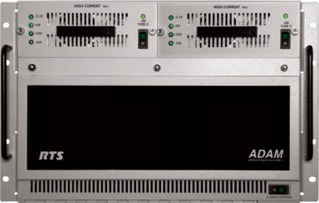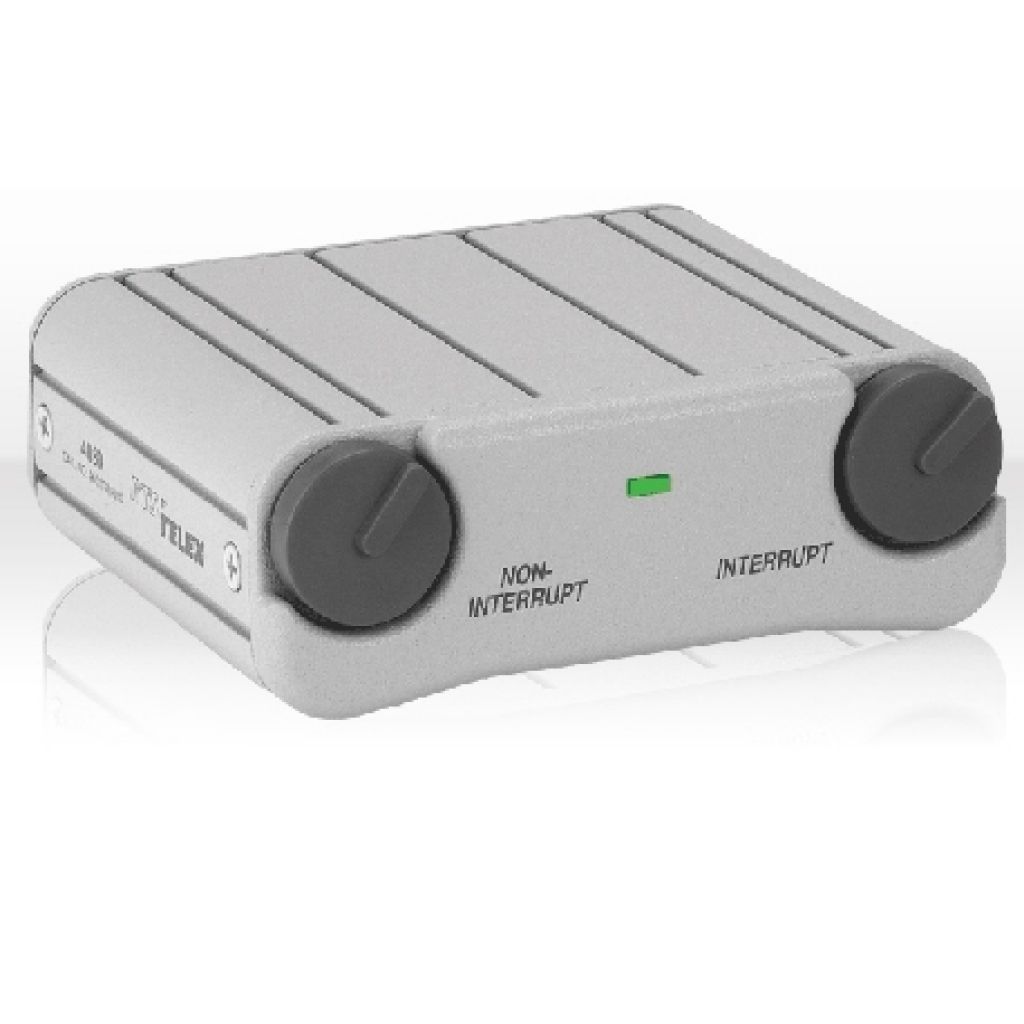|
Intercom
Systems |
 |
| Intercom
Systems can be incredibly simple or very complex
For simple shows, there
is no need for an intercom configuration specialist, however when the
system is complex having an intercom configuration specialist allows you to
set up your intercom system that fits the demands of your show. It
also means that any issues that arrive can be directly addressed and
corrected. |
|
Introduction
There are three primary
manufacturers of sophisticated intercom systems: Telex (formerly
RTS) Clearcom, and Reidel. Each offers matrix based intercom
systems and can be integrated into most mobile, studio, and flight pack
systems. The Telex Adam and it's junior Cronus and Zeus Intercom
systems are the most simple, but still require someone who is
technically proficient in matrix intercom systems and their integration
into video and audio components.
For very simple shoots, a
two wire intercom system using a single intercom power supply is
more than adequate. |
| 2
Wire versus 4 Wire
Common terms
used when discussing intercom systems are 2 wire or 4 wire. These
two intercom technologies are not interchangeable, but can be interfaced
using special intercom adapting devices.
Most
consider 4 wire to be a "less noisier" and more flexible
intercom approach, allowing for a better ability to deliver to a wider
approach. When using a matrix system it is based on a four-wire
approach, plus data and requires intercom interfaces to use two wire devices,
including RTS and Clearcom belt packs. |
|
Intercom
Power Supplies
Intercom
Power Supplies are the Heart for all intercom systems. The Power
Supply provides the power and audio for all two or four wire
systems. With very few exceptions all intercom systems require at
least one power supply and each power supply can deliver one, two, or
three channels of intercom power depending on the brand and model.
(There are older Power Supplies that can deliver up to 6 channels,
however, they are rare).
Each Power
Supply is limited in the total number of user stations that can be
driven, however, for most intercom applications this is rarely an
issue. Only when more than 20 beltpacks are going to be used will
this be an issue for most power supplies. Another consideration is
the total length of cable used to interconnect beltpacks and two wire
user stations.
|

RTS PS-31 Intercom Power
Supply |
|
Intercom
Matrix
The Intercom
Matrix is the brains behind sophisticated intercom systems. These
devices manage any and all intercom devices and allows the production to
manage who hears what and even when.
An intercom
configuration specialist is required for these systems when
Most mobile
units have an intercom Matrix system and the truck engineer usually is
very qualified for it's setup and operation.
But when
multiple mobile units or the addition of remote production locations.
Matrix
systyems are based on the 4 wire approach to intercoim systems.
This requires adapters to interface 2 wire to 4 wire systems
|

RTS Cronus
Matrix

RTS Adam Matrix |
|
User
Stations
User
Stations are devices that are typically "mounted into a console or
rack that allow the user to communicate with others as programmed
through a matrix or simple connection to a two wire system.
The simple
two wire intercom user stations are essentially panel mounted beltpacks,
some with additional sophistication.
The more
sophisticated Matrix User Stations give the user flexibility in
communications with others on the intercom system or the on-camera
talent through IFB Systems
|

RTS

RTS MCE-325 - Two Wire User
Station |
|
Belt
Packs
Beltpacks
are the simplest element of an intercom system, and come in single and
two channel versions.
|
 |
|
IFB
Systems
IFB
(Interruptible Feed Back) are support devices for Intercom systems which
allow on-camera talent to hear program audio with the ability of the
producer and/or Director to interrupt the feed and speak to the
talent. These systems are most commonly integrated into the matrix
through a User station Control point and in some Intercom systems
through an IFB controller.
|
 |
|
Wireless
Intercom Systems
Like everything else in
this world, intercom systems are going wireless, both in digital and
analog forms.
Digital Intercom systems
are the newest and offer clear communica5tions, however, the digital
processing does add delay and can cause intercom conversations to
overlap. On occassion the digital systems can have digital chain
breakdowns causing the communications to be partially or fully
garbled. This is usually rare, except in areas where the
frequencies are close to or overlap nearly radio devices. Analog
systems offer clear, wireless communications. The
newer intercom systems offer two channel and up to 4 channels of
independent wireless communications. This allows one base station
to provide two groups with intercom communications, or communications
between two departments directly. All
radio devices have range limitations and frequency interference
issues. Most digital and analog wireless systems claim to have up
to 2,000 feet, however, realistically it is 500 to 1,000 feet of direct
transmission. If there are walls, structures, or miscellaneous
items in between the transmitter and receiver the distance can be
greatly less. |
 |
|
Intercom
System Versus Walkie-Talkies
An Intercom
system has some specific purposes versus a Walkie Talkie System.
An intercom system and wireless Intercom are best applied when there is
a need to have multiple station communicate both independently and
together.
Walkie
Talkies have greater range, however, they are subject to cross talk,
frequency interference and range limitations. A combination
wired/wireless intercom system allows the user to communication between multiple
stations simultaneously and is not subjected to frequency interference
issues (except the wireless portion).
|
|































